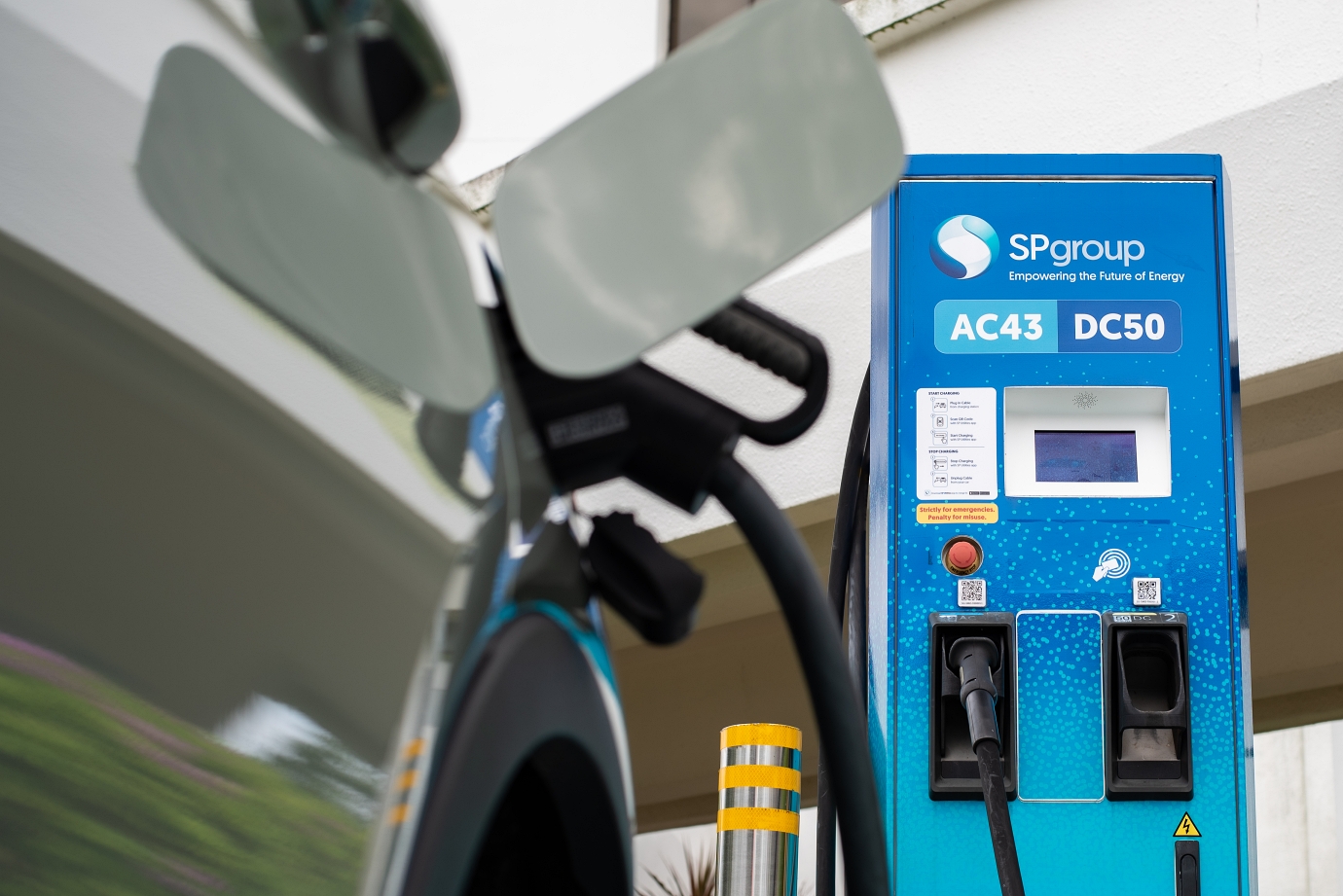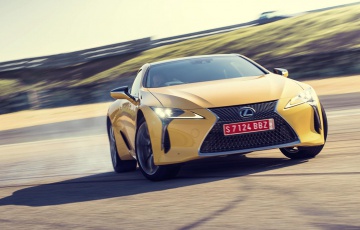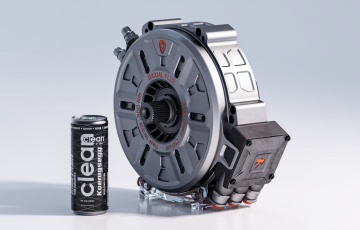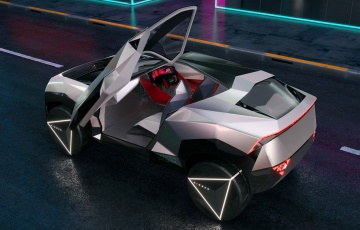EV State of Mind : We talk to Olivia Oo, Vice President, Sustainable Energy Solutions, SP Group
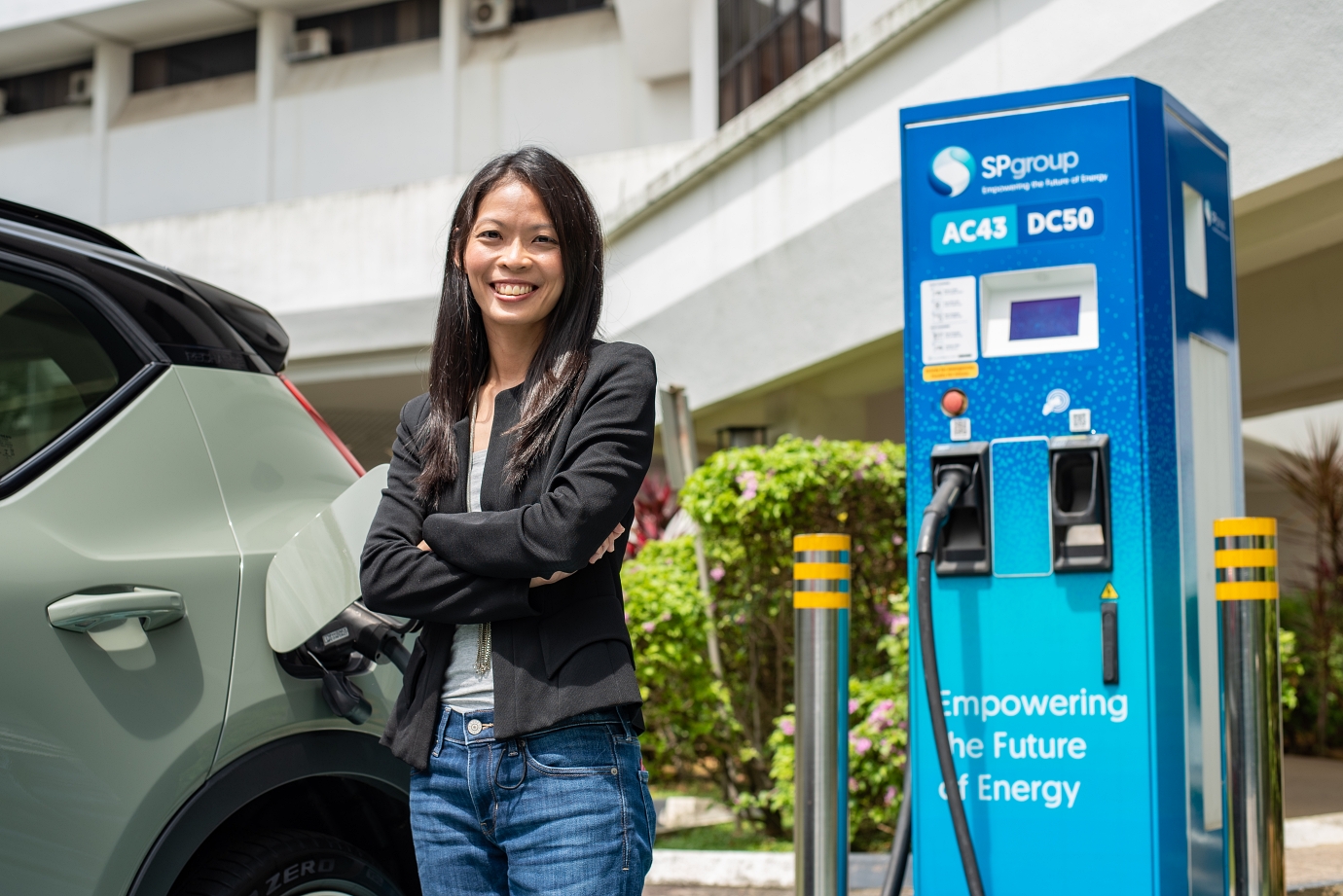
EV State of Mind : We talk to Olivia Oo, Vice President, Sustainable Energy Solutions, SP Group
Singapore - It's never hard to figure out when things go viral in Singapore – you'll know it when even your ah ma and ah gong start talking to you about it over CNY!
That's the great thing about technology. It's a great equaliser, as all sorts of information, gossip and opinions make their way into our pockets in the blink of an eye... sometimes within minutes of an incident happening.
Of course, reputable news sources try their best to help us separate fiction from reality, because it's all too easy these days to initiate a campaign to rabble-rouse the cancel culture brigade.
One topic that has been making waves in all our personal, alumni and business channels is 'Electric Vehicles'.
With the Singapore government's recent initiatives and big push towards all-electric vehicles, the rising tide of EVs is swelling into a powerful tsunami.
As everyone knows, there's more to an electric vehicle than just buying the car. It represents a paradigm shift in ownership/usage patterns.
Unlike traditional ICE vehicles and their easily accessible petrol stations, you'll need to plan your route/destinations around available charging points for your EV at present.
Fret not though, because SP Group is working hard to ensure there'll be plenty of charging points in time to come.
But you're not here to listen to us ramble on: Check out our catch-up with Ms. Olivia Oo, Vice President, Sustainable Energy Solutions, SP Group, as we pick her thoughts about the EV state of mind in Singapore.
For bonus points, we rocked over to SP Group's facility in the Volvo XC40 Recharge (Twin) Pure-Electric!
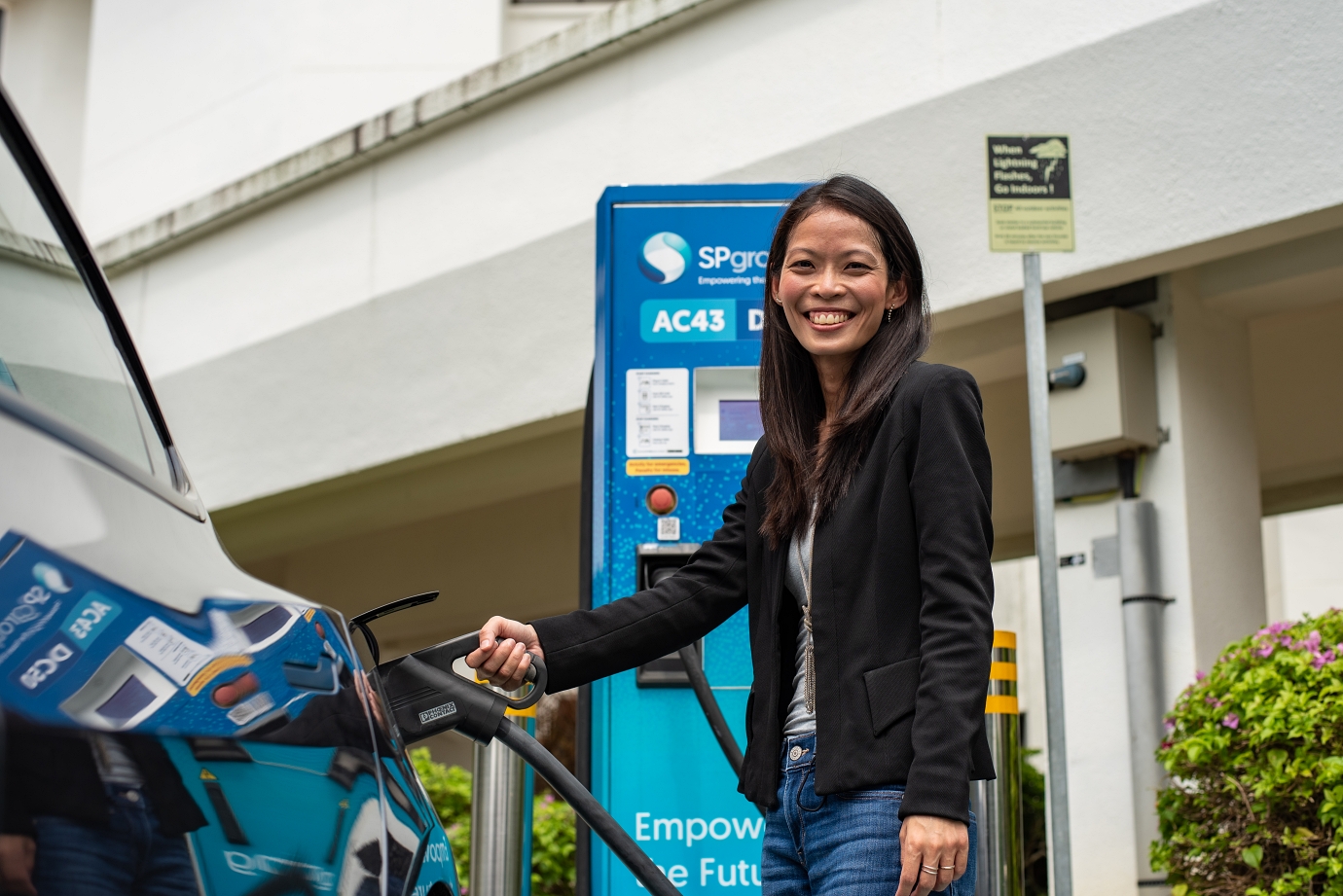
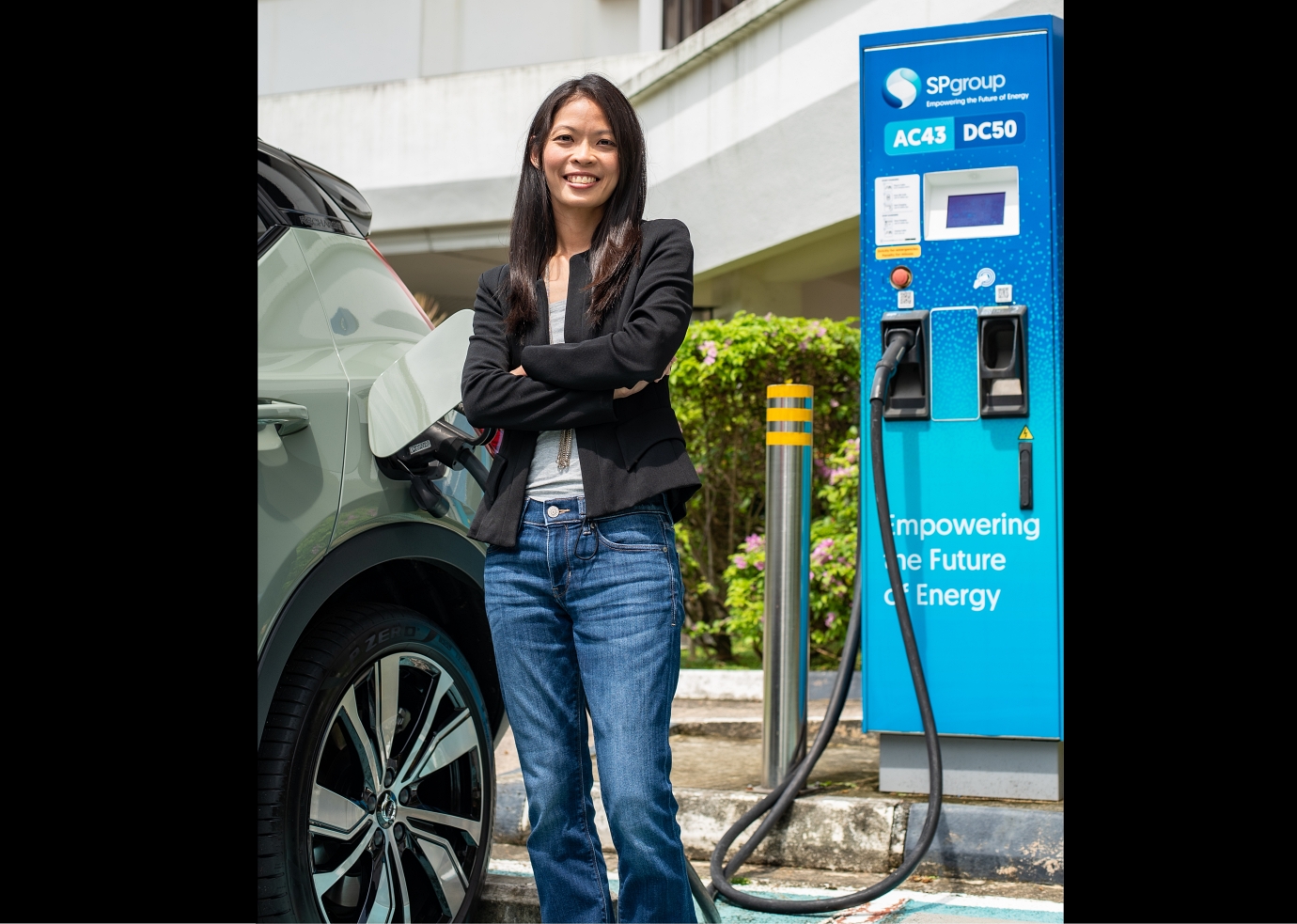

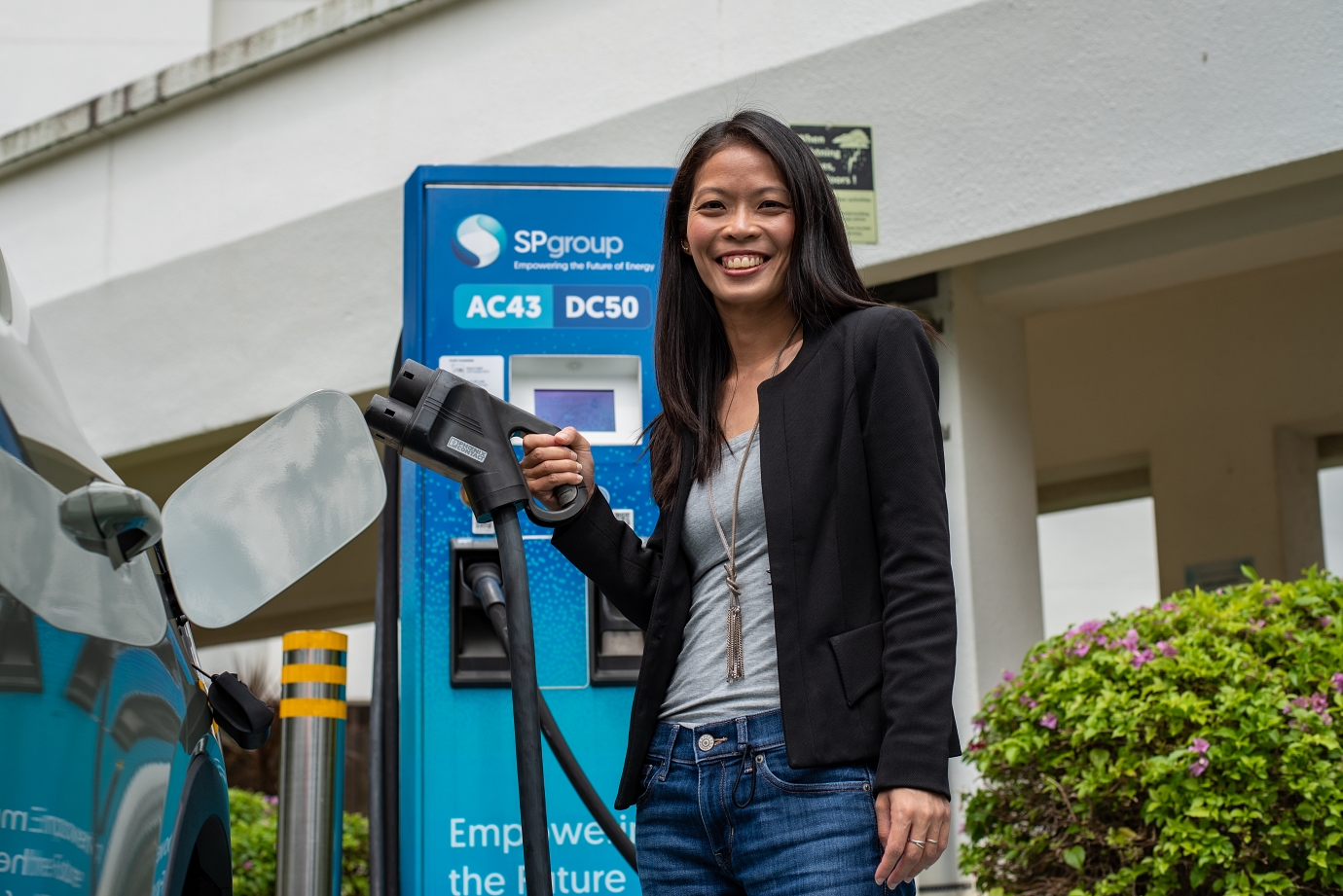
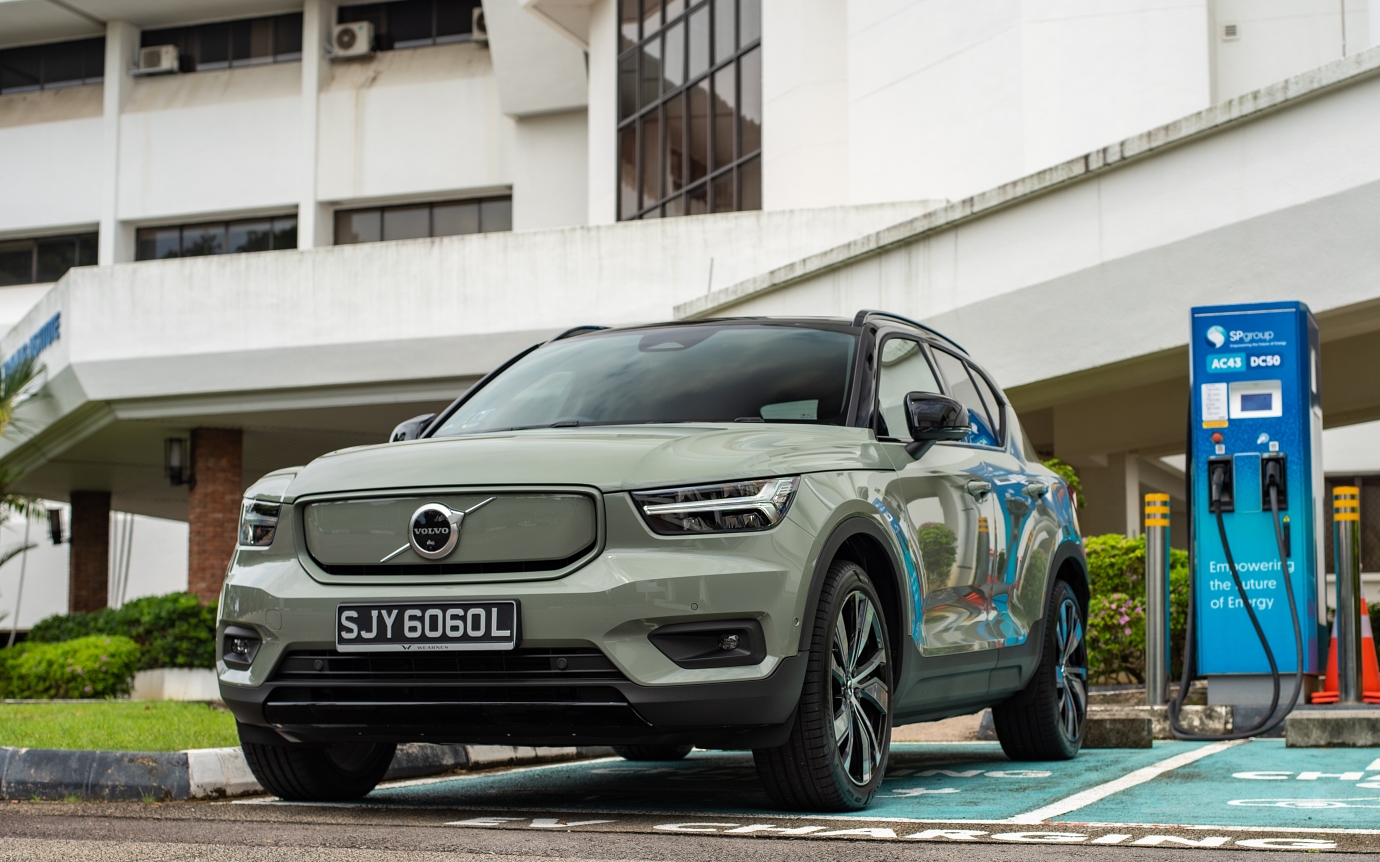
TopGear Singapore (TGS): How did you get into the field of sustainable/renewable energy?
Olivia Oo (OO): Being environmentally friendly is something quite close to my heart, and in my career, I have been quite fortunate to be involved in roles that contribute directly to empowering sustainability across Singapore, including spearheading the strategy for the country’s Clean Energy industry in my previous position.
I joined SP Group’s mobility team in 2018 to help drive the company’s EV charging infrastructure strategy to accelerate the growth of sustainable transportation in Singapore.
This involves two main areas: Supply, which encompasses all aspects of infrastructure delivery and Demand, which entails working with partners – be they landlords or fleet owners – to ensure their needs are met.
TGS: Singapore can be referenced as an ideal test-bed for EVs: compact size, pretty much a giant city and densely populated. Why do you think it took us so long to get into EVs?
OO: Increasing the adoption of EVs is often seen as a chicken and egg scenario.
At the start of the electrification journey, developers, landlords and even operators are often apprehensive about installing costly infrastructure for a minority market.
On the other hand consumers often cite a lack of charging infrastructure and range anxiety as being major obstacles to purchasing an electric vehicle.
When we tried to get Singapore’s electrification journey started in 2016, it was a huge challenge.
Fleet operators like Grab were keen to come on-board, because they saw that it could contribute significantly to a cleaner environment while providing greater cost savings for driver-partners.
By and large though, the level of awareness across the board was not high.
In all the jurisdictions where EVs have been successfully adopted, a key factor for the adoption was government policy, with the accompanying incentives and interventions to propel the switch.
Likewise for Singapore, interest and excitement around EVs only started to pick up after the Singapore government announced specific targets to replace ICE vehicles and made a commitment to grow the local charging infrastructure.
The Singapore Green Plan outlines how Singapore will fulfil our national sustainability targets and it is great to see that green mobility features prominently.
The support of the government has provided greater certainty for both the industry and consumers that Singapore’s electrification journey is here to stay.
As an EV driver myself, I strongly encourage everyone to jump onboard this green movement... – Olivia Oo
TGS: What do you think about buying an EV and what are the biggest misconceptions about owning an EV?
OO: As an EV driver myself, I strongly encourage everyone to jump onboard this green movement.
My ownership experience has been very positive so far and it certainly helps when the cost per kilometre for an EV is significantly lower than my former petrol vehicle's.
Like most drivers contemplating the switch to an EV, range anxiety was very real to me at the start.
However, with the current SP network spanning more than 450 charging points across Singapore, I’ve been able to integrate charging as a part of my daily life.
Using the SP Utilities app, I find charging points close or even at the locations I frequent, be it grocery shopping, dropping-off the kids or having lunch with friends.
The app even tells me when the charging points are available (or not), so I can plan my charging more effectively.
I’ve had many instances where my car was done charging before I was even done with my errand and I had to hurry back to my car to move it for the next user... – Olivia Oo
Personally, it has been a smooth experience for me. While there could be an initial culture shock for any new EV driver, I am confident that anyone who switches will never look back!
One misconception that many people have is that it will take a long time to get your car charged.
We encourage drivers not to completely deplete their batteries before charging it.
In most cases, if you are charging from say 20 per cent to 80 per cent, it can be completed in as little as 30 minutes with a high-speed charger.
I’ve had many instances where my car was done charging before I was even done with my errand and I had to hurry back to my car to move it for the next user.
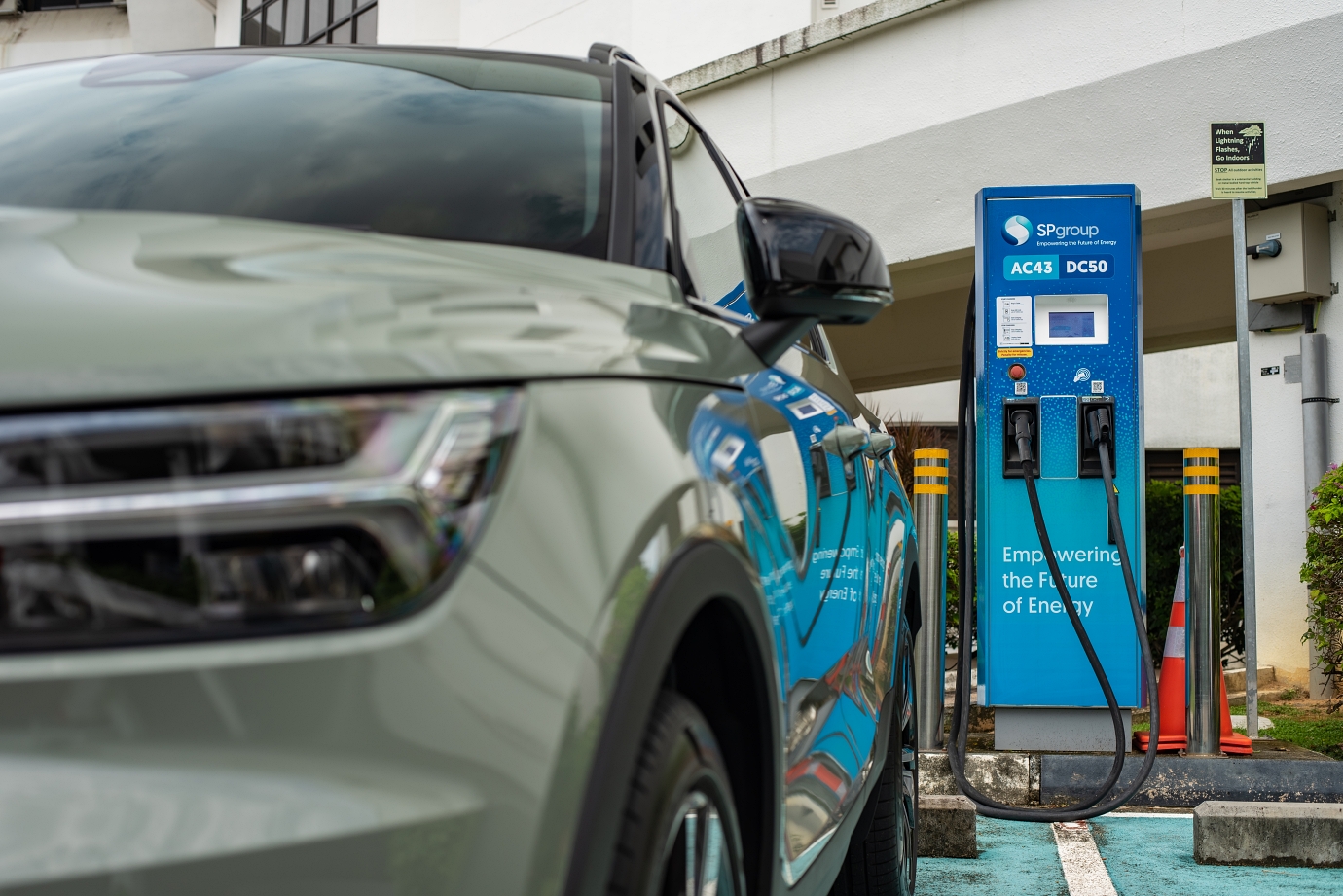
TGS: Some might say that the number of charging points isn't as big a concern as improving charging etiquette. A common issue is a user not vacating the charging point after his EV is charged. How do you think something like this can be resolved?
OO: Having more conveniently located charging points remains essential to help convince customers to purchase an EV as it builds confidence that the charging infrastructure is adequate and it quells range anxiety.
At SP Group, we are also focusing on DC (direct current) charging infrastructure development that provides fast-charging and can allow a car to be charged in just 30 minutes. This brings greater convenience and assurance to drivers.
When we were developing SP Group’s charging network, a strong consideration was that we wanted to support the growth of the EV community by providing a customer experience that helps to foster the right etiquette and behaviour, without being unnecessarily punitive.
At present, we already have some measures to help with charging etiquette.
For example, our mobile application sends an alert to the driver to inform him/her when the charging session is complete and gently requests for the vehicle to be moved within 30 minutes.
Drivers can also check the status of their cars' charging through the App and can better plan their timing to shift the car once the desired charging requirement is achieved.
There are also multiple charge points at each location and we actively look into adding more points at locations that are popular with drivers.
As the EV community grows, we are starting to get some feedback from users that we need to put some measures in place to help manage the utilisation and availability of our charging points to make sure that everyone can charge when they need to.
We are working on some solutions and actively keep tabs on new technology to provide greater convenience to our users, which may include an option for reservations in the near future.
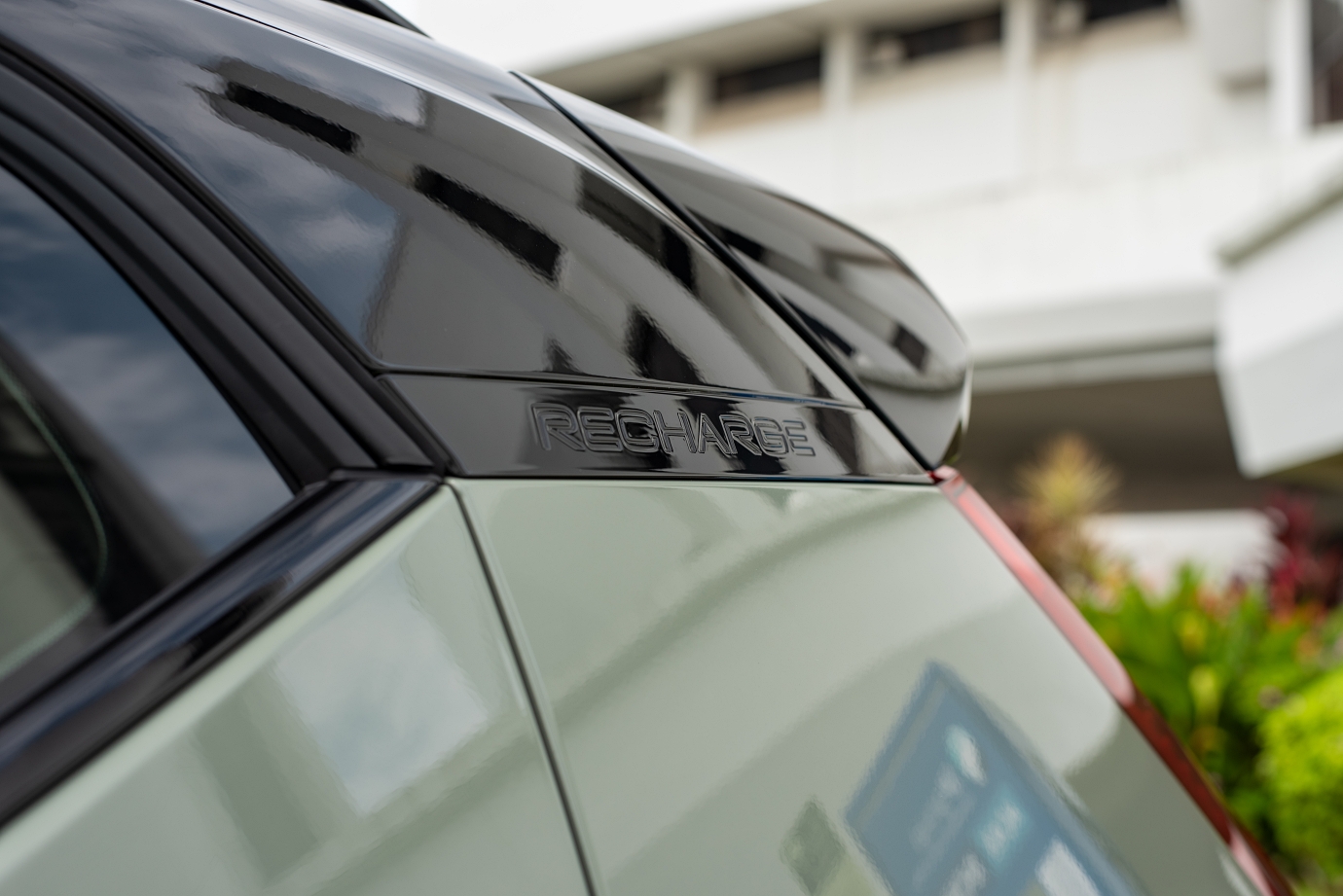
TGS: How far do you think Singapore has come in terms of embracing a sustainable/renewable lifestyle?
OO: Since the SP Group started its electrification journey by operating its own EV fleet and charging network in 2016, we have noticed a huge shift in the growth of green mobility and EVs in Singapore.
Back then, the idea of EVs in Singapore was almost non-existent. In the early days, when we wanted to discuss the possibility of installing charging points, very few people were keen to talk to us due to the lack of demand and awareness.
With the Singapore government providing strong support for EVs by providing a clear roadmap and targets for EV growth and charging infrastructure in 2019, mindsets started to change.
Over the last couple of years, we have partnered established landlords such as CapitaLand, City Development Limited, Frasers Property, Mapletree and UOL to install charging points across their various properties, as well as with Caltex to install high-speed DC (direct current) chargers at some of its service stations.
These have contributed to us expanding to more than 450 charging points in Singapore, with many more planned in the months ahead.
The growth in EV demand and ownership has also led to us partnering fleet owners such as Grab and Strides (SMRT) and car brands like Audi, Hyundai, Porsche and the Tesla Owners Club to offer preferential charging rates, among other benefits to their EV drivers.
These collaborations across the industry and the growth in the number of charging points will help facilitate greater demand for EVs and for more drivers to embrace green mobility moving forward.
While the demand for EVs in Singapore has grown in the last couple of years, there are some challenges to further build the required infrastructure here.
To install a point – especially if it is a fast-charger – we need to determine if the location has sufficient power supply, as well as the speed of charging the supply can support, or if we can even install a charger to begin with.
For some locations, we may need to work with the landlords to increase power supply to the premises, but this is costly and time consuming.
As a better alternative to this, we have developed solutions that allow us to implement 'Smart Charging', which allows us to maximise the existing power availability at the location. This is essential if we are to develop even more charging points to support the growth of EVs in Singapore.
PHOTOS Jay Tee
